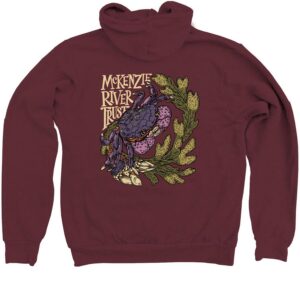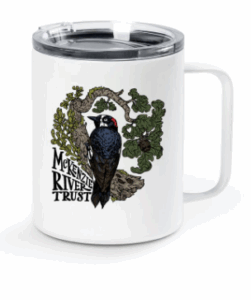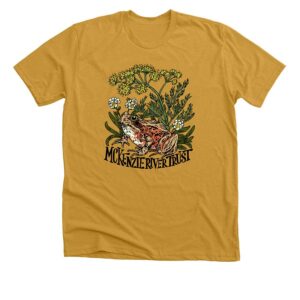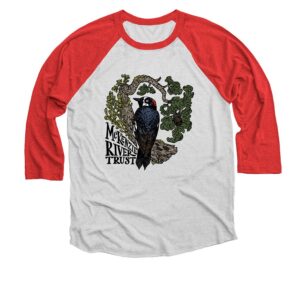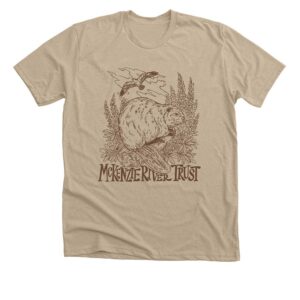Flying Wyrm
Easement
This 140-acre area at the Coburg Hills was protected in 2001 through the donation of a conservation easement to McKenzie River Trust.
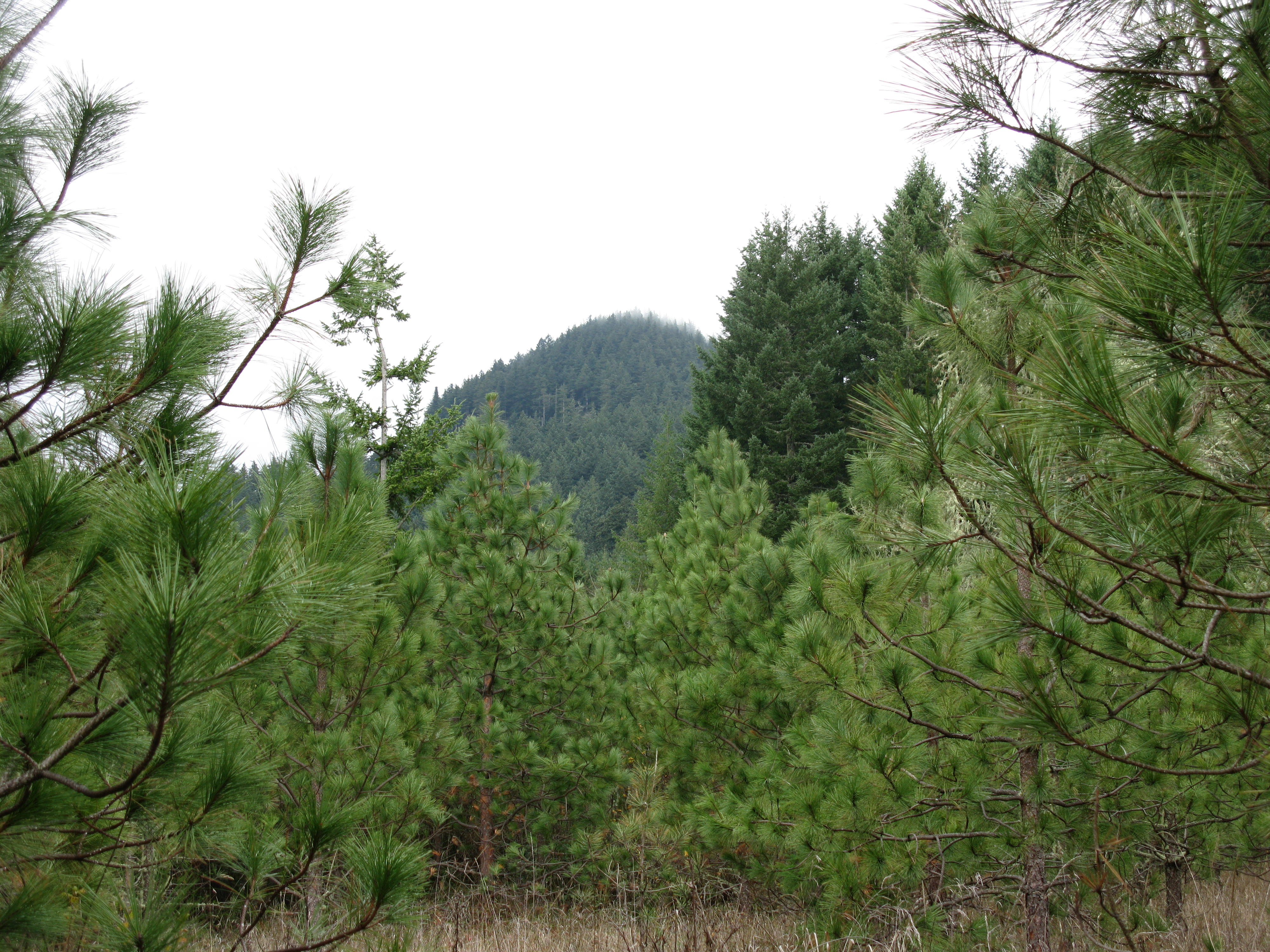
The oak and pine habitat, once dominating the landscape, have been reduced to a fraction of their historic size. Protecting the existing areas of remnant oak and pine habitats is a priority for our region.
Meet Flying Wyrm
Why It’s Important
The 140-acre parcel contains multiple springs, oak woodlands, and Willamette Valley pine stands. Providing habitat for animals including Red-legged frogs (Rana aurora) and Western rattlesnakes (Crotalus viridis), this area’s diversity preserves critical habitat for many of Oregon’s sensitive species. The oak and pine habitat, which once dominated the Willamette Valley landscape, has been reduced to a fraction of its historic size. Protecting the existing areas of remnant oak and pine habitats is a priority for conservation in our region.
Fish and wildlife on the property
This area is dynamic, with forest, prairie, and seasonal wetlands, and has the potential to play a critical role in the survival of key species found in the Coburg Hills. For some of these species, these hills act as a line of last defense because of the loss of habitat that has occurred in the Willamette Valley. Other species present on the Flying Wyrm conservation easement include Black bears, Mountain lions, Blacktail deer, Roosevelt elk, Wild turkey, and many different raptor species like Bald eagles, Great-horned owls, and peregrine falcons.
Protecting Flying Wyrm
In December of 2001 the 140-acre tract of land in the Coburg Hills on the west slope of Mt. Tom, northeast of the community of Coburg, was forever protected with a conservation easement. The property lies on the Lane-Linn County border and is adjacent on the east by 190-year old-growth timber owned by the Bureau of Land Management, which can be seen from Interstate 5.
“This conservation easement fits nicely with some of the Bureau of Land Management’s goals and objectives for land in the Coburg Hills,” 2001 BLM Field Manager, Emily Rice
The BLM manages several thousand acres in the Coburg Hills, which have been identified with special designations to protect or enhance unique plant and animal habitat or species. This area is privately owned and closed to the public.

